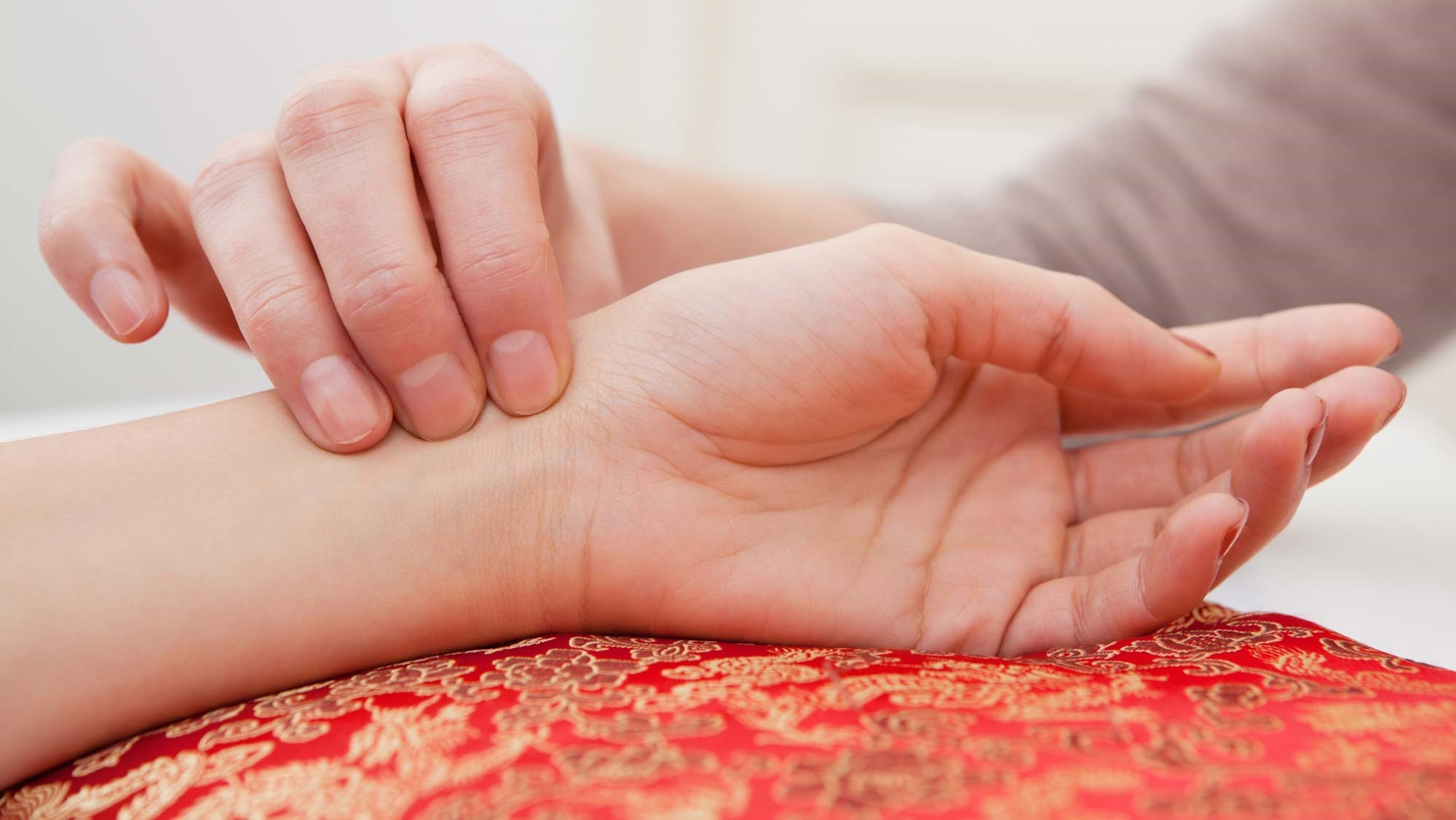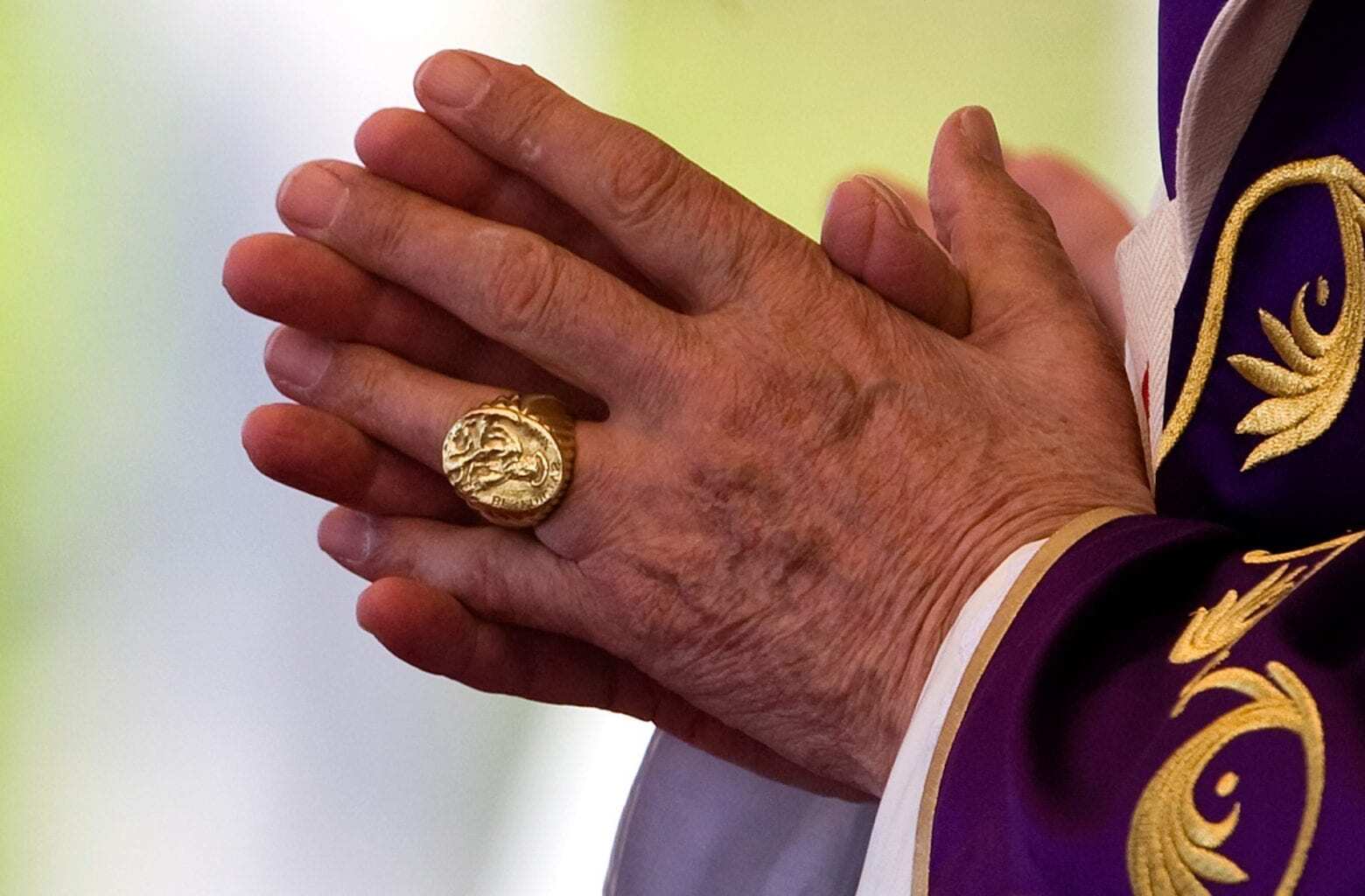
Chinese Pulse Diagnosis is an ancient method used in Traditional Chinese Medicine (TCM) to assess a person's health. Practitioners feel the pulse at three different positions on each wrist, each position representing different organs. This technique helps identify imbalances in the body. But how accurate is Chinese Pulse Diagnosis? It's a question many people ask. While some studies suggest it can be quite precise, others argue its accuracy depends on the practitioner's skill. Despite the debate, many still trust this method for its holistic approach. Let's dive into 20 intriguing facts about this fascinating practice.
What is Chinese Pulse Diagnosis?
Chinese Pulse Diagnosis is an ancient method used in Traditional Chinese Medicine (TCM) to assess a person's health. Practitioners feel the pulse at specific points on the wrist to gather information about the body's condition. This technique has been refined over thousands of years and remains a cornerstone of TCM.
-
Ancient Origins: Chinese Pulse Diagnosis dates back over 2,000 years, originating during the Han Dynasty.
-
Three Positions: Practitioners check three positions on each wrist, corresponding to different organs.
-
28 Pulse Qualities: There are 28 distinct pulse qualities, each indicating different health conditions.
-
Holistic Approach: This method considers the entire body, not just symptoms, to diagnose health issues.
How Practitioners Use Pulse Diagnosis
Practitioners use their fingers to feel the pulse at various depths and positions on the wrist. This helps them understand the balance of energy, or Qi, in the body. Each position and depth provides unique information about different organs and systems.
-
Three Depths: Pulses are felt at three depths—superficial, middle, and deep—to assess different layers of the body.
-
Finger Placement: The index, middle, and ring fingers are used to feel the pulse at different positions.
-
Left and Right Wrists: Each wrist corresponds to different organs; the left wrist is linked to the heart, liver, and kidney, while the right wrist relates to the lungs, spleen, and kidney.
-
Pulse Rate: The rate of the pulse can indicate various health conditions, such as fever or stress.
Understanding Pulse Qualities
Pulse qualities are descriptions of how the pulse feels under the practitioner's fingers. These qualities help diagnose specific health issues and imbalances in the body.
-
Slippery Pulse: A slippery pulse feels smooth and rolling, often indicating excess heat or dampness in the body.
-
Wiry Pulse: A wiry pulse feels tight and forceful, suggesting liver issues or stress.
-
Thready Pulse: A thready pulse is thin and weak, often pointing to deficiency in blood or Qi.
-
Rapid Pulse: A rapid pulse is faster than normal, indicating heat or inflammation.
Benefits of Chinese Pulse Diagnosis
Chinese Pulse Diagnosis offers several benefits, making it a valuable tool in TCM. It provides insights into the body's internal state, helping practitioners create personalized treatment plans.
-
Non-Invasive: This method is non-invasive, requiring only the practitioner's fingers and the patient's wrist.
-
Early Detection: It can detect imbalances before they become serious health issues.
-
Personalized Treatment: The detailed information gathered allows for tailored treatment plans.
-
Complementary: It can be used alongside other diagnostic methods for a comprehensive health assessment.
Modern Relevance of Chinese Pulse Diagnosis
Despite its ancient origins, Chinese Pulse Diagnosis remains relevant today. It continues to be used by TCM practitioners worldwide and is gaining recognition in integrative medicine.
-
Global Practice: Practitioners around the world use this technique, not just in China.
-
Integrative Medicine: It is increasingly being integrated with Western medical practices for holistic care.
-
Educational Programs: Many TCM schools teach pulse diagnosis as part of their curriculum.
-
Research: Ongoing research aims to validate and understand the mechanisms behind pulse diagnosis.
The Heartbeat of Tradition
Chinese Pulse Diagnosis isn't just about feeling the pulse. It's a window into the body's inner workings. Practitioners can detect imbalances and health issues by examining the pulse's depth, speed, and strength. This ancient technique has stood the test of time, offering insights that modern medicine sometimes overlooks.
Understanding this practice can deepen appreciation for traditional Chinese medicine. It highlights the importance of holistic health, where every part of the body is interconnected. While it might seem mysterious, the principles behind it are rooted in centuries of observation and practice.
Whether you're a health enthusiast or just curious, knowing these facts can broaden your perspective on health and wellness. Embrace the wisdom of the past, and you might find new ways to care for your body and mind.
Was this page helpful?
Our commitment to delivering trustworthy and engaging content is at the heart of what we do. Each fact on our site is contributed by real users like you, bringing a wealth of diverse insights and information. To ensure the highest standards of accuracy and reliability, our dedicated editors meticulously review each submission. This process guarantees that the facts we share are not only fascinating but also credible. Trust in our commitment to quality and authenticity as you explore and learn with us.


